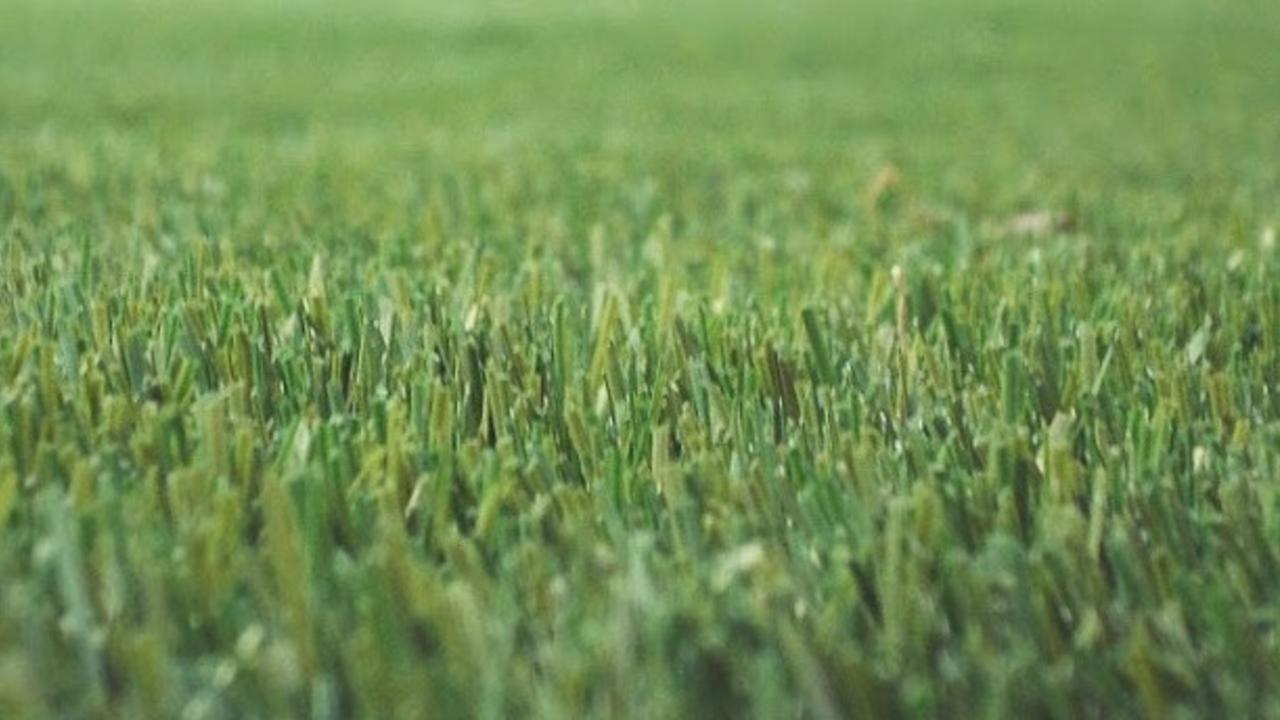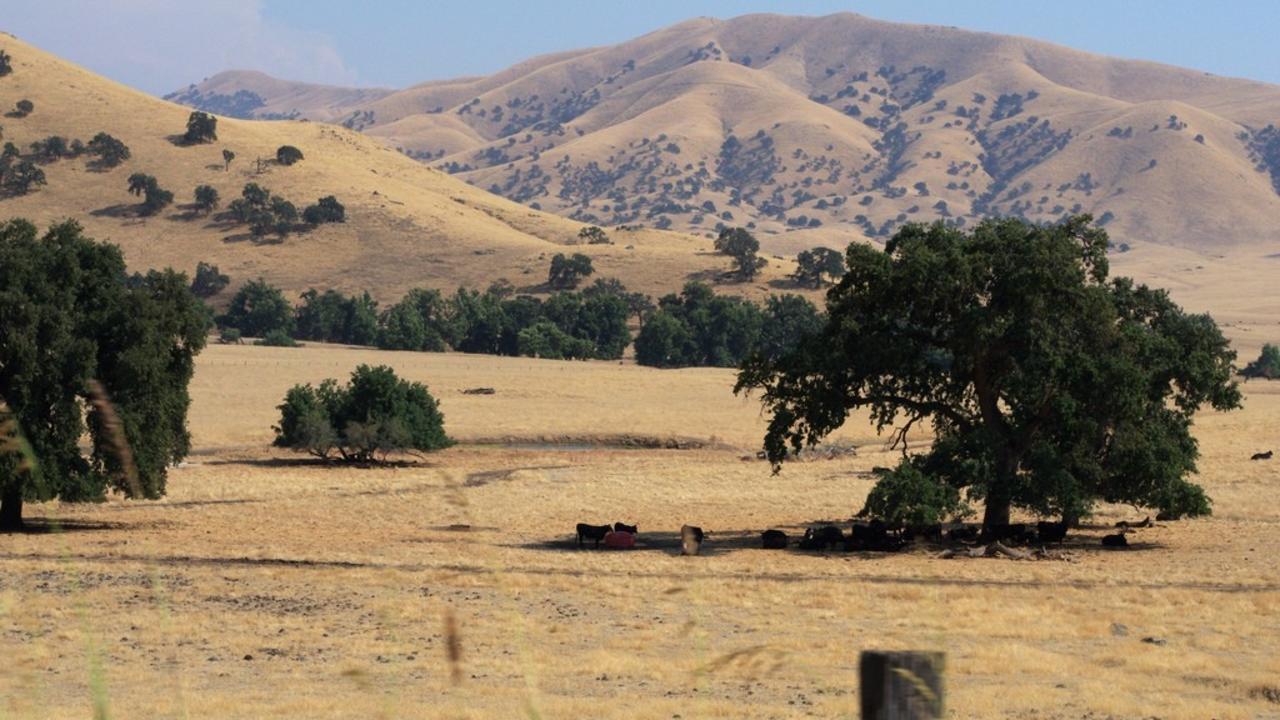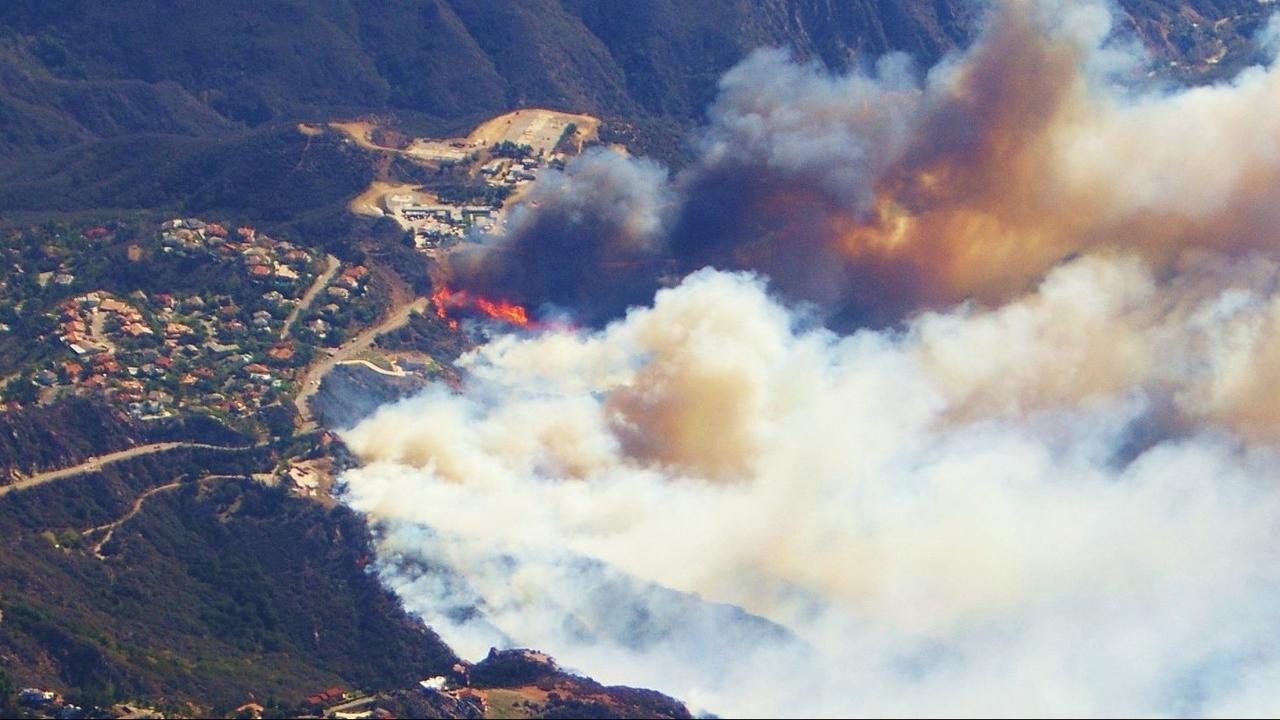How to Graft a Loquat Tree
Our local San Diego master of fruit, Ben Kotnik, was kind enough to walk me through a wedge graft on a loquat tree. You can find Ben at this year's Festival of Fruit or at his fruit nursery and landscaping design company Suburban Food Farm. Enjoy!
How to Graft a Loquat Tree
Ben Kotnik shows how to make a wedge graft
1. Remove foliage until growing tip is left

2. Carve wedge in cutting

3. Too much cambium was removed, hopefully the graft will fuse tight

4. Match diameter of cutting to root stock to line up cambium layers for proper fusion

5. Offset root stock cut to match cambium layers

6. Carefully cut into root stock stem

7. Root stock ready for grafting

8. Cover all of the exposed cutting but not the graft. don't worry about the growing tip as the parafilm with UV degrade

9. Be sure to get proper alignment of cambium layers

10. Ready to seal graft

11. Wrapping with clear floristry tape

12. Finished loquat graft

13. Write name of variety on tape....
Rules and Regulations for Backyard Chickens in San Diego

Keeping a flock of backyard chickens in San Diego is easy, so long as you follow the law, communicate with your neighbors, and properly protect, house, feed, and care for them. Here's how!
Backyard Chickens: Done right, they yield many rewards
Chickens are a wonderful gateway drug to livestock care and maintenance. While not as efficient feed-to-meat-ratio as rabbits or guinea pigs, they do offer something more: eggs. And not just eggs, but their omnivorous appetites devour kitchen scraps, their excrement is an excellent plant food (which is actually pee+poop in one shot, hence why it's known to burn plants when applied fresh), can control some insect and weed pressures (but will also annihilate other plants, so watch out), and can provide meat and feathers if your dietary preferences lean that way. Since January 2012, the City of San Diego has relaxed decades-old laws regarding chicken ownership for single-family residences. You can dive into the current municipal code regarding chi...
Turf Removal, Done Right

Turf Terminators, an LA-based landscaping company, has garnered much acclaim for creating a business model built on rebates and the drought.
"You can tell which are the Turf Terminator homes — it's just gravel and a little bush. It's just a bad business. They're just ripping off customers." Lorena Gonzalez, South LA
Shouting, "FREE LANDSCAPE!", Turf Terminators heads to your home to rip out your old lawn, tie in some new irrigation, pop in a cookie-cutter plant palette, throw down some rock, and collect your rebate. All you have to spend is your time. Sounds great, but nothing in life is "free." Something has to give, and unfortunately, it's quality (seems to be recurring theme in our recent culture's history, ahem, planned obsolescence). Yes, you'll get free turf removal, save precious water*, and have a new landscape. You'll also get a wonderful heat island effect from all that rock, grasses that immediately creep back in, potentially lots of FREE! poisons sprayed on your reemergin...
Artificial Grass: Just say, "No Thanks"

Who wouldn't want a lawn that stays forever green, is durable, and doesn't consume water or require feeding? Sounds great in theory, but we're not looking at the total emergy of artificial grass (aka artificial turf, synthetic turf, etc.).

Some applications of artificial turf might make sense. But for the home, we caution against it. photo cc Daniel Lobo
Here are some reasons we offer clients when they are considering artificial grass.
Artificial Grass was invented by Monsanto®
In the mid '60's, Monsanto® created and originally branded its synthetic turf as ChemGrass aka AstroTurf (Chemical Grass, how delicious). It was later rebranded AstroTurf after the Houston Astrodome installed it in 1966 and gained massive exposure through NFL marketing. The outgassing and noxious fumes from sunbaked plastic will repel not only insects, but your neighbors as well. And let's not forget the cancerous arsenic, benzene, lead, and mercury that they can contain. I do applaud Monsanto® for always ...
NRCS Web Soil Survey: Gather Site Soil Info for Free

Any ecological landscape design must take the soils into consideration. This includes the mineral makeup and underlying bedrock to determine subsoil types. These will help start a rough outline for addressing specific areas to test with percolation, soil analysis, and composition.
Web Soil Survey: Useful, free government tool for soil and other data analysis
The National Resources Conservation Service (NRCS) has a free online tool for analyzing your site's data. The free PDF that they provide at the end of your survey includes a to scale site map that you can then import into your designs. It helps shave a bit of time off my homework before we do a site assessment (that video to come). Here is a walk through using the NRCS's Web Soil Survey. If you have other tricks using the NRCS's online tool, let me know and I can include it in future edits.
Restoration Agriculture Systems for San Diego County

Farming is never without its challenges, especially in San Diego County. Compared to other farming areas nationwide, San Diego farmers face costly imported water ($600/acre ft.), biologically and nutrient depleted soils, expensive land, and difficult terrain. These pressures force San Diego farmers to be selective in the crops they plant or animals they raise.

Low rain fall coupled with record temperatures can spell disaster for California agriculture unless systemic changes take place.
On the upside, our Mediterranean climate affords farmers the ability to grow exotic and sub-tropical species that can command a high price (until the market is saturated). However, that same Mediterranean climate also means a prolonged dry season with 80% of the year's water usually arriving between December and March. Our coasts receive the least amount of rainfall, on average, with 9.9" compared to the inland mountains' 40"; both paltry numbers for one of the United State's largest agricultural pr...
What is Greywater?

Living in arid regions of the world can be challenging for most gardeners. Depending on your region, months may go by without a drop of rain, yet many of your plants will still need water to thrive. Here in San Diego, we may go 6 months between rains and typically, like all Mediterranean regions of the world, the dry season is also when it is the hottest and most plants really want some extra water. There are many strategies for landscaping and gardening in the drier parts of the world and many of them address techniques to conserve water and minimize evaporation. Greywater is one strategy that can be quite effective in providing year round irrigation in arid regions.
What is greywater?
Greywater is any freshwater used in the daily household activity that originates from the shower, bath, sinks, and washing machine.* Basically, any water used in the house that does not come from the toilet (used toilet water is called “black water”). Think of it as lightly used water with a few added...
Defensible Space for Wildfires

Wildfires are a real and present threat throughout the West, especially in Southern California and San Diego County. Many homes and businesses sit adjacent to steep canyons or rural landscapes choked with brush that can easily ignite from lightning, carelessness, or arson. This threat requires that all homes and businesses included defensible space in their landscape design to reduce the risk of fire damage and sometimes to even qualify for insurance coverage.
California's history with fire
Prior to European conquest of California, the indigenous tribes living here used fire as a tool to keep meadows, creek beds, and forests clear of brush buildup. Should a wildfire or accidental fire occur, there was rarely enough fuel to create high-heat fires or devastating crown fires. These intentional burns also helped select for species that provided them with cordage, food, weaving materials, medicines, and forage for wildlife, as well as helped reduce disease and insect infestations in plant...
